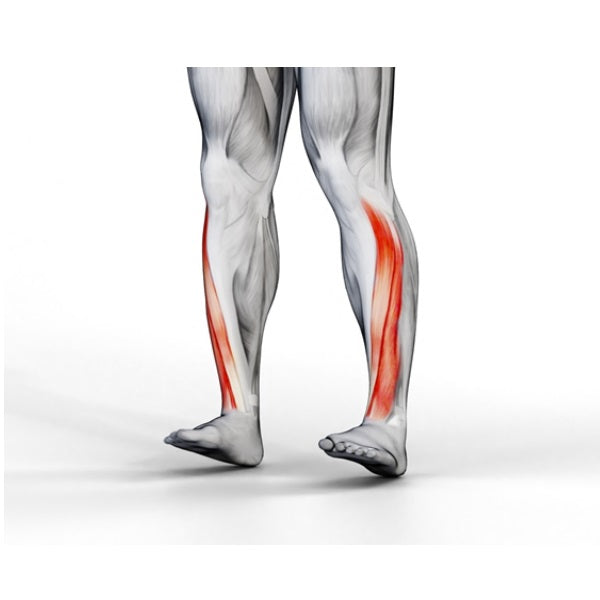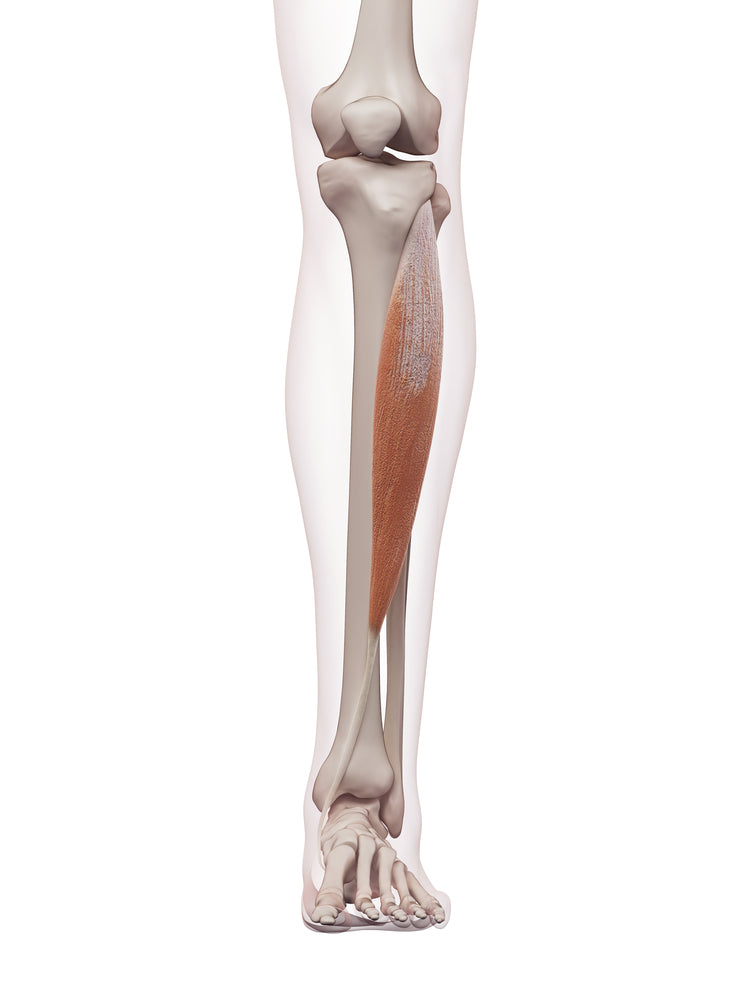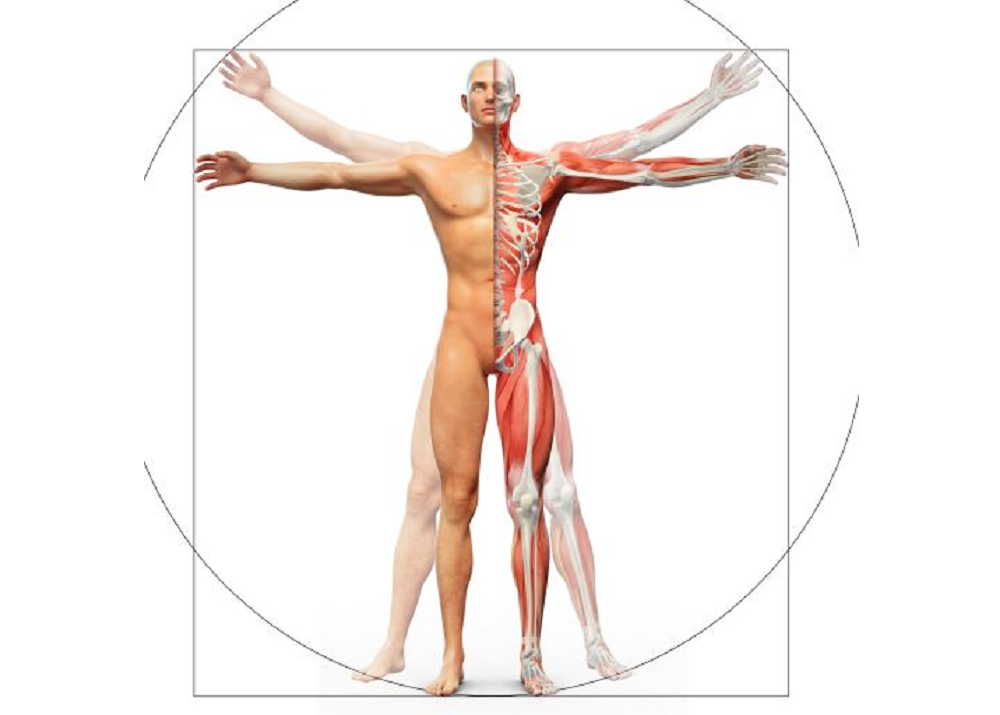Exercise Anatomy
Toe Raise
The Toe Raise is a simple yet impactful exercise targeting the muscles of the shins. By lifting your toes off the ground, you engage and strengthen the anterior tibialis. This exercise not only promotes balance but also helps prevent shin splints and enhances lower leg stability. Incorporate it into your routine for stronger, more resilient shins and improved overall lower body strength.

Major Muscles and Actions Involved
During the Toe Raise, the primary joint action is ankle dorsiflexion. This occurs as you lift your toes off the ground, flexing the ankle joint. The key muscle involved in this exercise is the tibialis anterior, which contracts to lift the toes, contributing to improved shin strength and overall lower leg stability.

The Tibialis Anterior
The anterior tibialis is a key muscle located on the front of the lower leg, running alongside the shinbone (tibia). It originates from the lateral surface of the tibia and inserts into the medial cuneiform and the first metatarsal bone of the foot. The primary function of the anterior tibialis is dorsiflexion, which involves lifting the foot upward toward the shin, and it also plays a role in inverting the foot. This muscle is crucial for walking, running, and maintaining balance during various activities.

Sports Uses
The Toe Raise exercise offers direct benefits to athletes participating in sports that involve frequent and intense lower leg movements. Runners can derive advantages for improving shin strength, which is crucial for reducing the risk of shin splints during high-impact activities. Additionally, sports such as soccer, basketball, and tennis, where quick changes in direction and abrupt stops are common, can benefit from the enhanced stability and balance provided by the Toe Raise. Integrating this exercise into your training routine can contribute to a resilient lower leg foundation, supporting performance and minimizing the risk of lower leg injuries in various athletic pursuits.

Safety First
When performing the toe raise exercise, one of the most important safety issues to consider is maintaining proper form throughout the movement to avoid strain on the lower leg muscles and ankle joints. Ensure that your feet are aligned properly, with your toes pointing forward, and avoid letting your ankles roll inward or outward. Gradually increase the range of motion to avoid overstretching the calf muscles, particularly if you're new to the exercise. Balance is crucial, so consider using a stable surface or holding onto something for support if needed. Lastly, avoid bouncing or using momentum, as this can lead to muscle strain or injury. Controlled, deliberate movements are key to safely performing toe raises.
Exercise Tips
- Controlled Dorsiflexion: Execute the Toe Raise with a controlled dorsiflexion movement, lifting your toes upward gradually. Avoid rapid or jerky motions to ensure the engagement of the anterior tibialis and prevent unnecessary strain.
- Full Range of Motion: Focus on achieving a full range of motion by lifting your toes as high as possible. This maximizes the contraction of the anterior tibialis and enhances the effectiveness of the exercise.
- Gradual Progression: Start with a light or no resistance when beginning the Toe Raise. As your strength improves, gradually introduce resistance through ankle weights or resistance bands. Prioritize form over weight to prevent overloading the anterior tibialis.
- Variations for Challenge: Explore variations such as seated Toe Raises or incorporating an incline to diversify the stimulus on the anterior tibialis. Different angles and positions can contribute to a well-rounded strengthening of the muscles.
- Breathing Coordination: Sync your breathing with the movement. Inhale as you lower your toes and exhale as you raise them. Maintaining a steady and controlled breathing pattern supports oxygen flow to the muscles, aiding endurance and efficiency during the Toe Raise.
Toe raise VS The Heel Raise
Toe raises target the front of your lower legs, engaging calves and shin muscles, enhancing balance. In contrast, heel raises focus on the back, working calves and promoting ankle stability. Uncover the benefits and distinctions to tailor your workout for comprehensive lower limb strength.

WANT TO LEARN MORE?
Try our premium ebook, Exercise Anatomy and Biomechanics: Ultimate Guide.
Satisfaction guaranteed.
